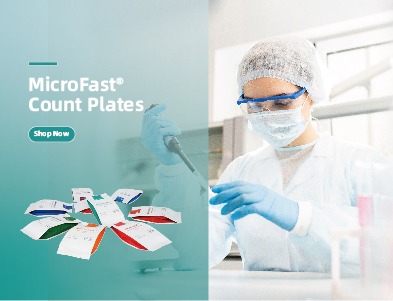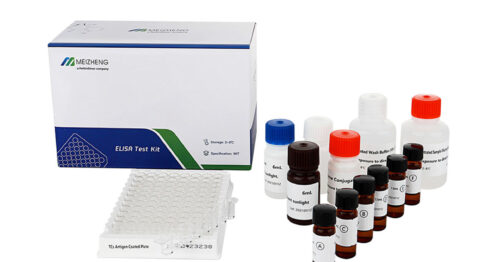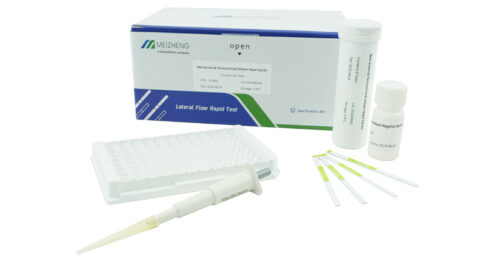Unveiling the Truth: Zearalenone Mycotoxin Test Explained

Zearalenone is a mycotoxin that poses a concerning risk to human and animal health due to its presence in various food and feed sources. Testing for zearalenone contamination has become increasingly important in the food and agriculture industries to ensure consumer safety and regulatory compliance. The Zearalenone Mycotoxin Test plays a crucial role in accurately detecting and quantifying levels of this harmful mycotoxin, ultimately aiding in the prevention of its adverse effects on both human and animal health.
Test Process Overview

In the first step of the zearalenone mycotoxin test, samples are collected from the specified sources. These samples could be agricultural products such as corn, wheat, or barley. Proper sampling techniques are crucial to ensure accurate results in the subsequent testing process.
Next, the collected samples undergo extraction, where the zearalenone mycotoxin is isolated and purified from the sample matrix. This step is essential for concentrating the mycotoxin to detectable levels. Various extraction methods can be employed based on the type of sample and the desired level of sensitivity in the test.
Once the extraction process is completed, the purified zearalenone mycotoxin is quantitatively analyzed using specialized analytical techniques. High-performance liquid chromatography (HPLC) or enzyme-linked immunosorbent assay (ELISA) are commonly utilized methods to determine the concentration of zearalenone present in the sample.
Benefits of Zearalenone Testing
Detecting zearalenone mycotoxin early can prevent potential health risks associated with its consumption. This test helps ensure the safety of food products by identifying contamination and allowing prompt action to be taken.
Zearalenone testing provides peace of mind for consumers concerned about the quality of the food they consume. By verifying levels of this harmful mycotoxin, individuals can make informed choices when selecting food products, especially those derived from grains.
For agricultural producers and food manufacturers, zearalenone testing is a crucial tool in upholding quality control standards. Implementing this test can safeguard their reputation, prevent product recalls, and maintain consumer trust in their brand.
Interpreting Test Results
When interpreting zearalenone mycotoxin test results, it is crucial to understand the significance of both qualitative and quantitative outcomes. Qualitative results indicate whether zearalenone is present or not in the sample, providing a yes or no answer. On the other hand, quantitative results offer a numerical value that helps determine the concentration of zearalenone in the sample, allowing for a more precise assessment of the mycotoxin levels.
It is important to compare the test results against established regulatory limits or guidelines to assess the safety and quality of the sample. Exceeding these limits could indicate potential health risks or economic implications. Understanding milk test in which the test was conducted, such as the type of sample, its origin, and the intended use, is crucial in accurately interpreting the results and making informed decisions based on the findings.
Interpreting zearalenone mycotoxin test results requires careful consideration of potential cross-contamination issues, sampling errors, and detection limits of the test method used. mycotoxin rapid test or negatives can occur, emphasizing the need for validation and confirmation of results through repeated testing or alternative methods. Seeking mycotoxin rapid test in result interpretation can help ensure accurate conclusions and appropriate actions in response to zearalenone contamination.


